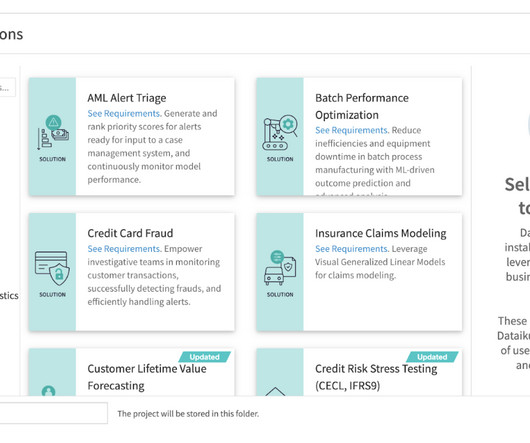AI agents: The next stage in the evolution of enterprise AI
CIO Business Intelligence
APRIL 24, 2025
The first wave of generative artificial intelligence (GenAI) solutions has already achieved considerable success in companies, particularly in the area of coding assistants and in increasing the efficiency of existing SaaS products. How many such AI agents might a large company need? The short answer is no.















Let's personalize your content